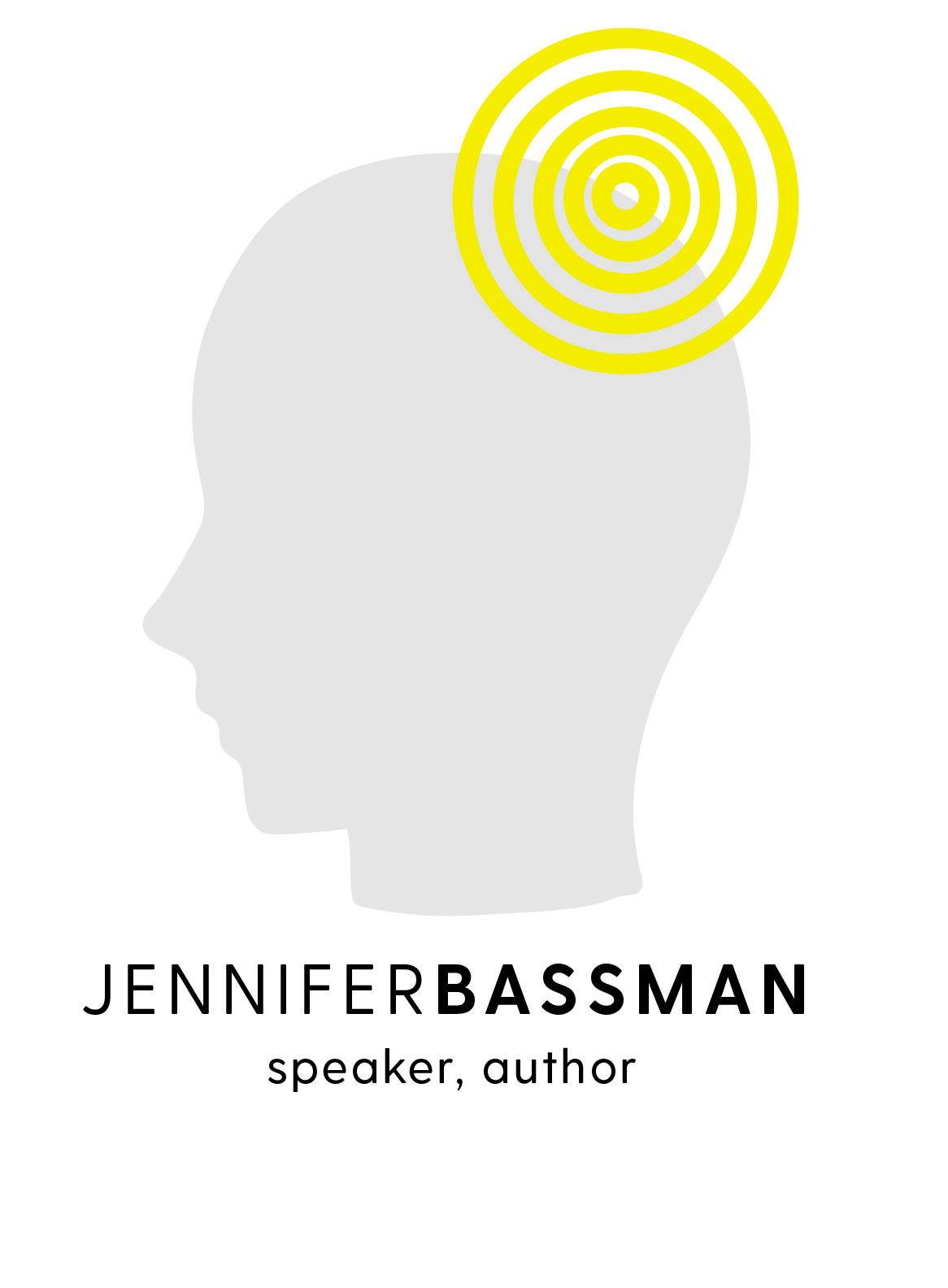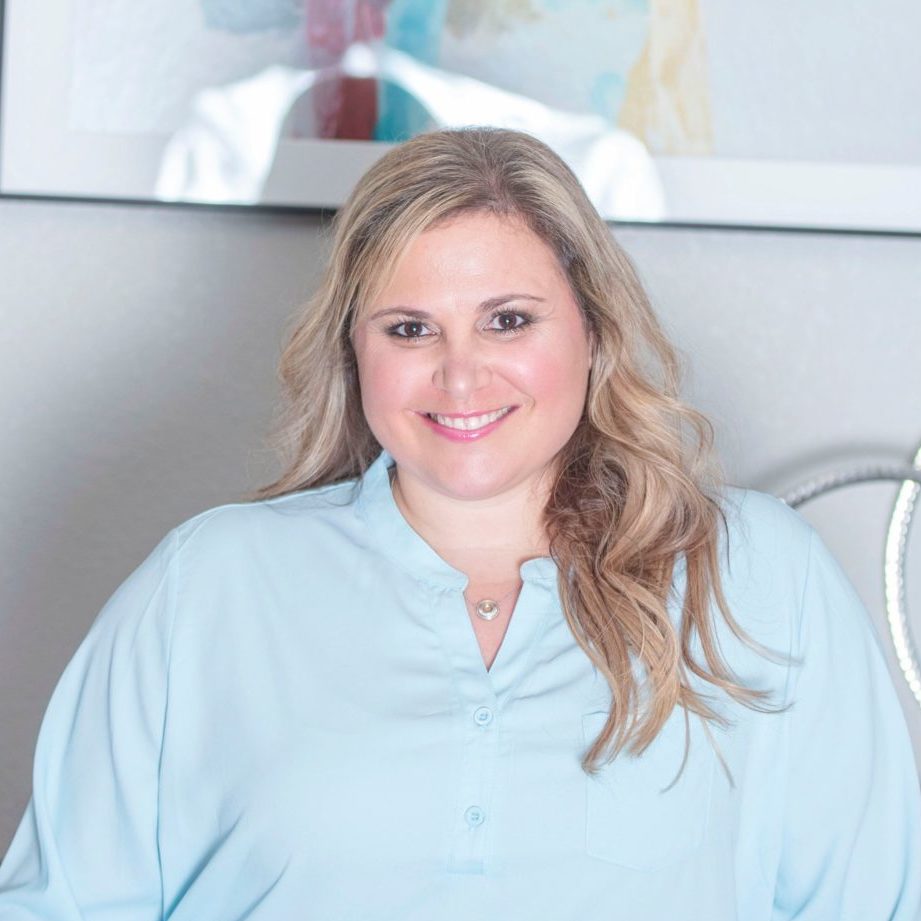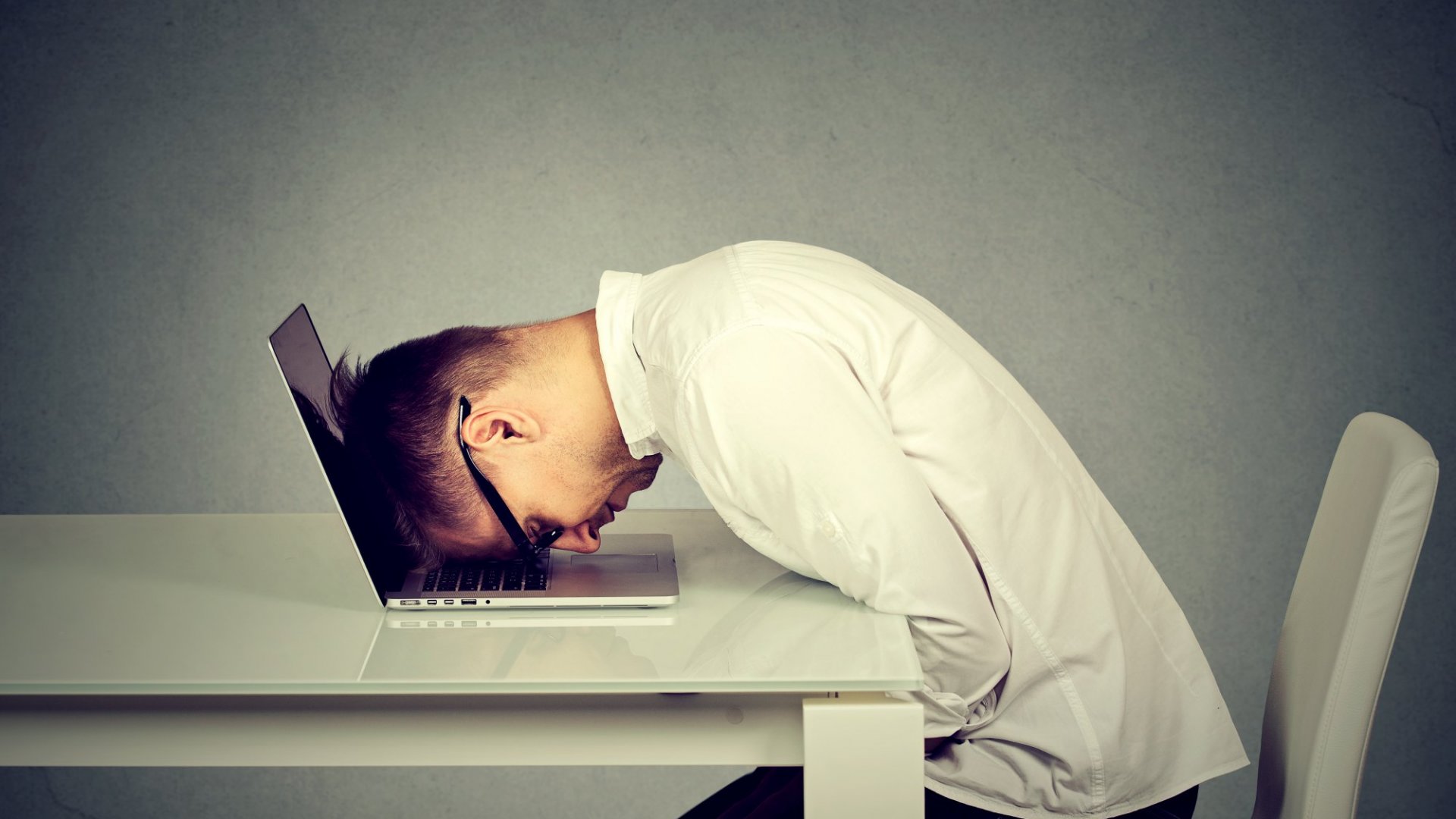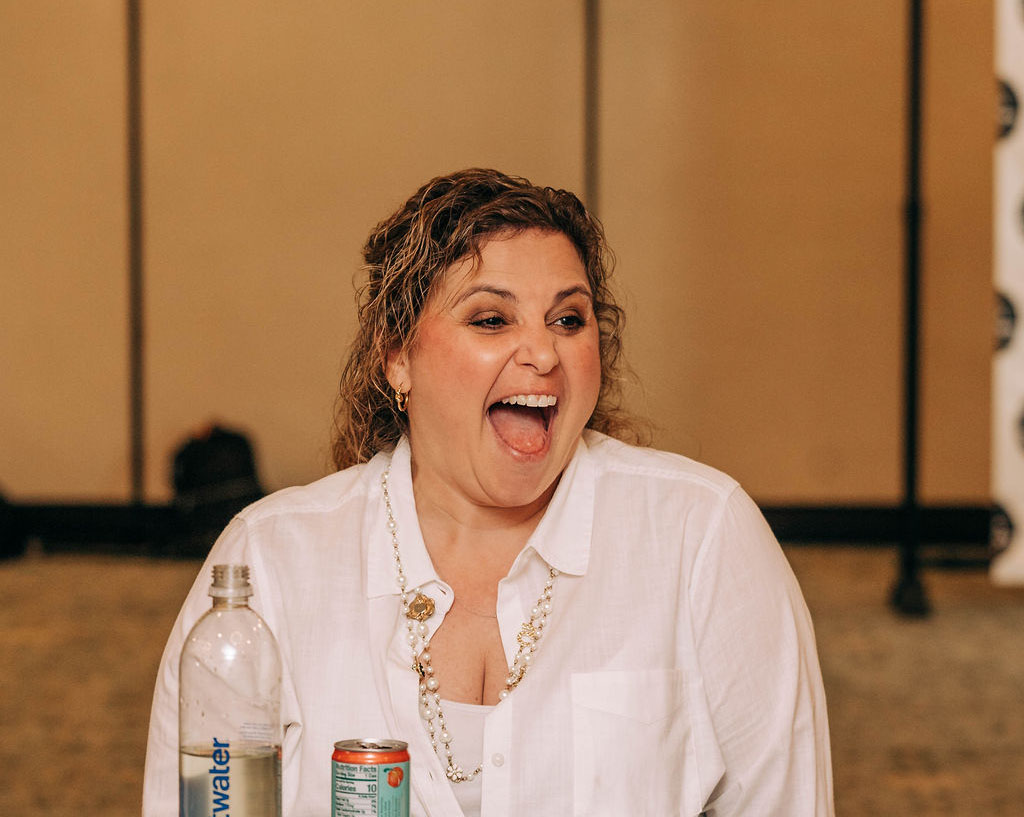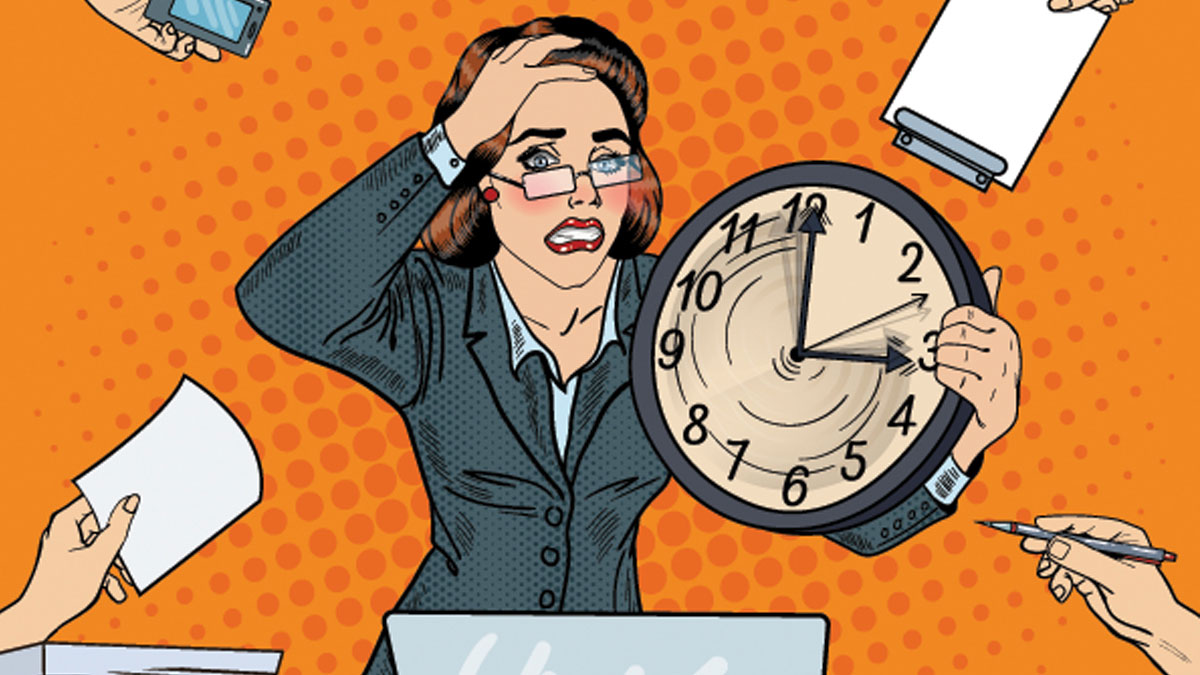Before I dive in to explain why your summer vacation didn’t cure your burnout, I want to say that I hope you did take a vacation. Your body and your brain need that break from your daily routine and stress.
What I want to manage is the outcome you may have been expecting from your vacation or maybe some other form of self-care. You may have hoped that it had a longer lasting effect on your stress levels.
Well, I’m going to tell you the secret to why it doesn’t.
The reasons vacations don’t cure burnout:
- Burnout happens for a variety of complicated reasons and 7 days on a beach isn’t going to cure any of them.
- There is no plan for returning to your day or your life post self-care experience.
Stress Does Damage
At any given time, I can Google the phrase “how to recover from burnout” (or some similar phrase,) and the results are filled with advice that makes more sense to prevent burnout than it does to recover from it.
By the time you are burned out, you have far exceeded your body and brain’s capacity for stress. You have in a sense done some damage that will take time to repair. And that damage has come from failed coping mechanisms, bad habits, and a work-first mindset. Burnout comes from chronic stress that has depleted your mental, physical, and emotional stores.
The idea that a 60-minute massage or a week-long vacation could fix that kind of damage in a single shot is unrealistic at best.
While this summary may sound harsh, it is very real because the second you return from that massage or vacation, you re-enter the very environment or situation that triggered your stress response.
If you are burned out (or looking to prevent burnout,) I am not saying you shouldn’t get a massage or take a vacation. You should do those things because you do need to give your body and brain that opportunity to rest and relax. You need to continue to incorporate these breaks.
What needs to be managed is the expectation around the outcome.
Mange Your Expectations
Massages and vacations fall under the category of “self-care.” I have talked in the past about my feelings about self-care and that I believe self-restoration is a more accurate term. However, the activities that fall under the categories or self-care or self-restoration are merely band-aids unless they are accompanied by change.
Change is the final step that gets left out of the self-care/self-restoration conversation that makes it truly helpful.
What Needs to Change?
You need to change your environment, a habit, a mindset – the thing that is causing you stress so that your stress response doesn’t keep getting triggered. Without this change, you put yourself back into a spot that lacks the recovery period that drove you to burnout.
Let me explain:
You go on a 7-day vacation. It’s fabulous. You stayed on the beach, drank cocktails, and played in the ocean. You ate delicious food, listened to amazing music, and enjoyed the local culture. Now, it’s time to go home.
Sure, you’ve considered staying on vacation forever. It’s not fair that you need to leave this paradise. (True story: at the end of my first visit to Maui, I told my husband I wasn’t going home. I told him he could ship me my dogs and yoga pants. I asked the housekeeper at the resort if she was looking for a roommate.)
Upon your return to work, you can already feel the stress and dread creeping up your spine. You get to your desk and there is a pile of mail, your voicemail is full, and you had no idea your email could hold so many messages. To boot, Bob from accounting is standing at your desk with a question that he’s been holding on to since three days into your vacation.
You are returning to the same environment that caused your stress.
Your burnout recovery – or prevention – never had a chance because you allowed those stressful triggers to greet you when you opened your office door. You jump right back into a routine that will ratchet your stress levels back to pre-vacation levels. Any progress you made is wiped out.
How A Plan Could Have Changed That Outcome
On the other hand, had you created a plan and a system for yourself that allowed you to return to a changed, less stressful environment, your burnout recovery and prevention could have continued.
Prior to vacation you made a plan that allowed you to manage your stress response post-vacation. You set up a system to manage your emails and voicemails with an out-of-office response, set up email filters to direct messages to organized and prioritized folders, and you assigned work that needed urgent or immediate attention to a colleague.
In this scenario, you are managing your expectations and other people’s expectations about when they may receive an answer or a call back. You don’t feel the pressure to respond to everything at once because as part of your plan, you have already prioritized what and who gets your attention. And, Bob from accounting, wouldn’t have been your greeting back to the office.
While this may seem as though I have over-simplified the situation, ask yourself how you could put some barriers in place using simple solutions. As humans, we are good at deciding that something can’t change because we are built to instinctually reject change.
Humans tend avoid change because it seems difficult or painful. And, it is your brain’s job to protect you from that pain and difficulty by telling you that change isn’t possible and it will be too hard. Yes, some of it might be, but I think you need to choose your hard – do you take the Tough Path #1 with no change that leads to you continuing to be stressed out? Or, do you choose Tough Path #2 that requires you to adjust, but leads to less stress and more happiness?
How to Make A Plan
When it comes to making changes, you need to start with something simple. Your brain needs those initial, easy victories to start building neuropathways that tell it you can adapt. This will also help you build your confidence and change your attitude to a more positive outlook.
- First, pick a simple problem that is creating some stress or chaos in your day. Examples of simple issues might be managing the notifications on your phone, creating a schedule for your day, asking your kids to complete a chore, or taking the stairs instead of the elevator.
- Second, consider the outcome you would like from making this change. Are you looking to free up time? Energy? Help focusing? What stress will making this change release from your life?
- Third, brainstorm a list of possible solutions. Let’s use asking your kids to complete a chore as the example. Solutions could include: just asking politely for help, giving them a list of chores to choose from, tying the chore to a reward, or taking 15 minutes each day where everyone does their chore at the same time.
- Fourth, looking at your list of solutions, which solution is not only the easiest but also has the best chance for success. Keep that list handy so that you can try something else should your initial efforts not work out.
- Five, once you have made this change and it is in a format that is working, take a moment to absorb that successful change. Give your brain that opportunity to connect that you made a successful change and everything is okay.
